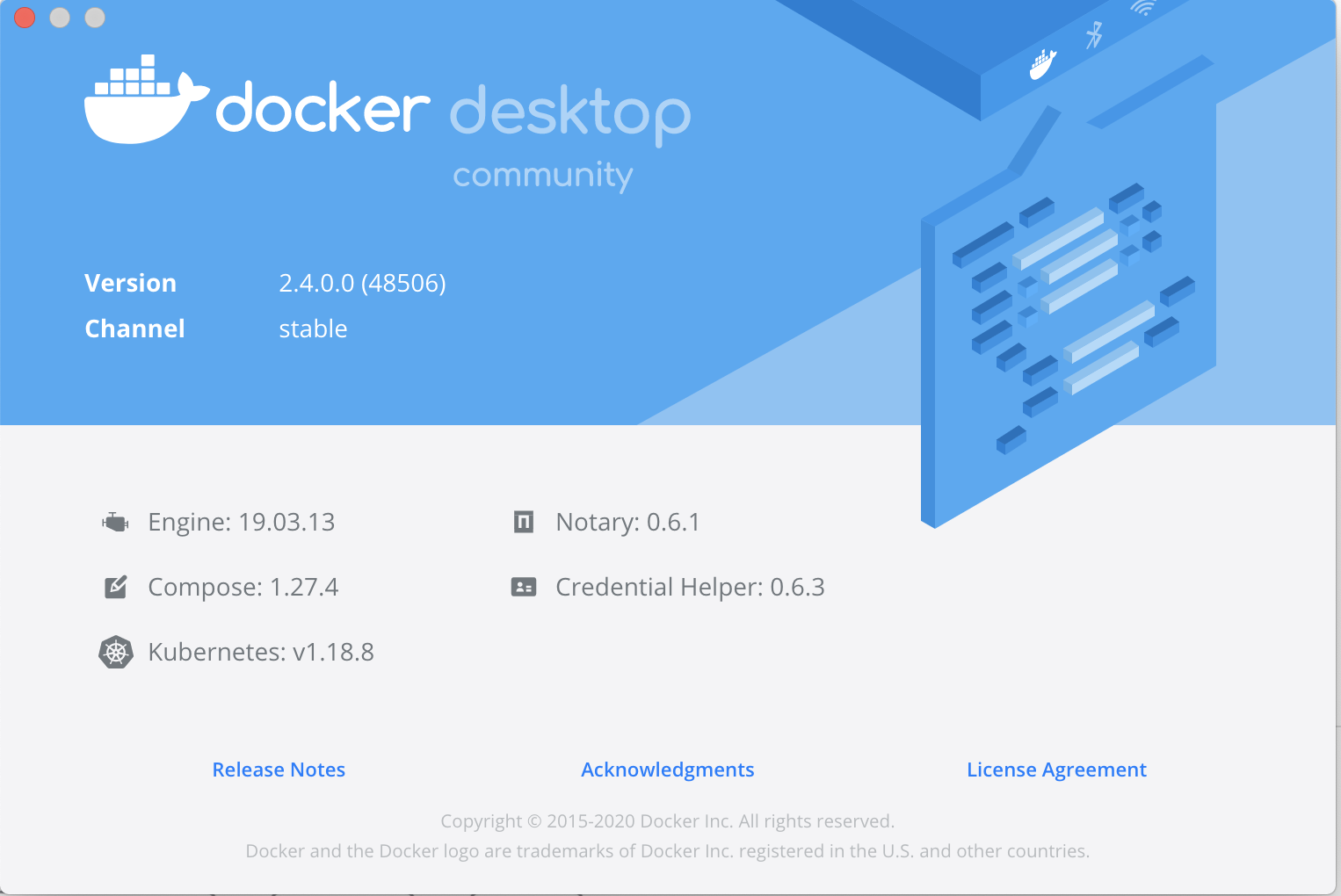

In this Kubernetes YAML file, we have two objects, separated by the -: Place the following in a file called bb.yaml:ĪpiVersion : apps/v1 kind : Deployment metadata : name : bb-demo namespace : default spec : replicas : 1 selector : matchLabels : bb : web template : metadata : labels : bb : web spec : containers : - name : bb-site image : getting-started - apiVersion : v1 kind : Service metadata : name : bb-entrypoint namespace : default spec : type : NodePort selector : bb : web ports : - port : 3000 targetPort : 3000 nodePort : 30001 Now, let’s write a slightly more sophisticated YAML file to run and manage our bulletin board. You already wrote a very basic Kubernetes YAML file in the Orchestration overview part of this tutorial. These YAML files describe all the components and configurations of your Kubernetes app, and can be used to easily create and destroy your app in any Kubernetes environment. Lastly, all Kubernetes objects can and should be described in manifests called Kubernetes YAML files. Furthermore, in a realistic application we almost never create individual pods instead, most of our workloads are scheduled as deployments, which are scalable groups of pods maintained automatically by Kubernetes. Describing apps using Kubernetes YAMLĪll containers in Kubernetes are scheduled as pods, which are groups of co-located containers that share some resources. The Kubernetes environment created by Docker Desktop is fully featured, meaning it has all the Kubernetes features your app will enjoy on a real cluster, accessible from the convenience of your development machine.
Kubernetes docker desktop full#
In order to validate that our containerized application works well on Kubernetes, we’ll use Docker Desktop’s built in Kubernetes environment right on our development machine to deploy our application, before handing it off to run on a full Kubernetes cluster in production. Kubernetes provides many tools for scaling, networking, securing and maintaining your containerized applications, above and beyond the abilities of containers themselves. Now that we’ve demonstrated that the individual components of our application run as stand-alone containers, it’s time to arrange for them to be managed by an orchestrator like Kubernetes.

If Kubernetes isn’t running, follow the instructions in Orchestration of this tutorial to finish setting it up. Windows: Click the Docker icon in the system tray and navigate to Settings and make sure there’s a green light beside ‘Kubernetes’.Mac: Click the Docker icon in your menu bar, navigate to Preferences and make sure there’s a green light beside ‘Kubernetes’.Make sure that Kubernetes is enabled on your Docker Desktop:.Work through containerizing an application in Part 2.

Kubernetes docker desktop install#


 0 kommentar(er)
0 kommentar(er)
